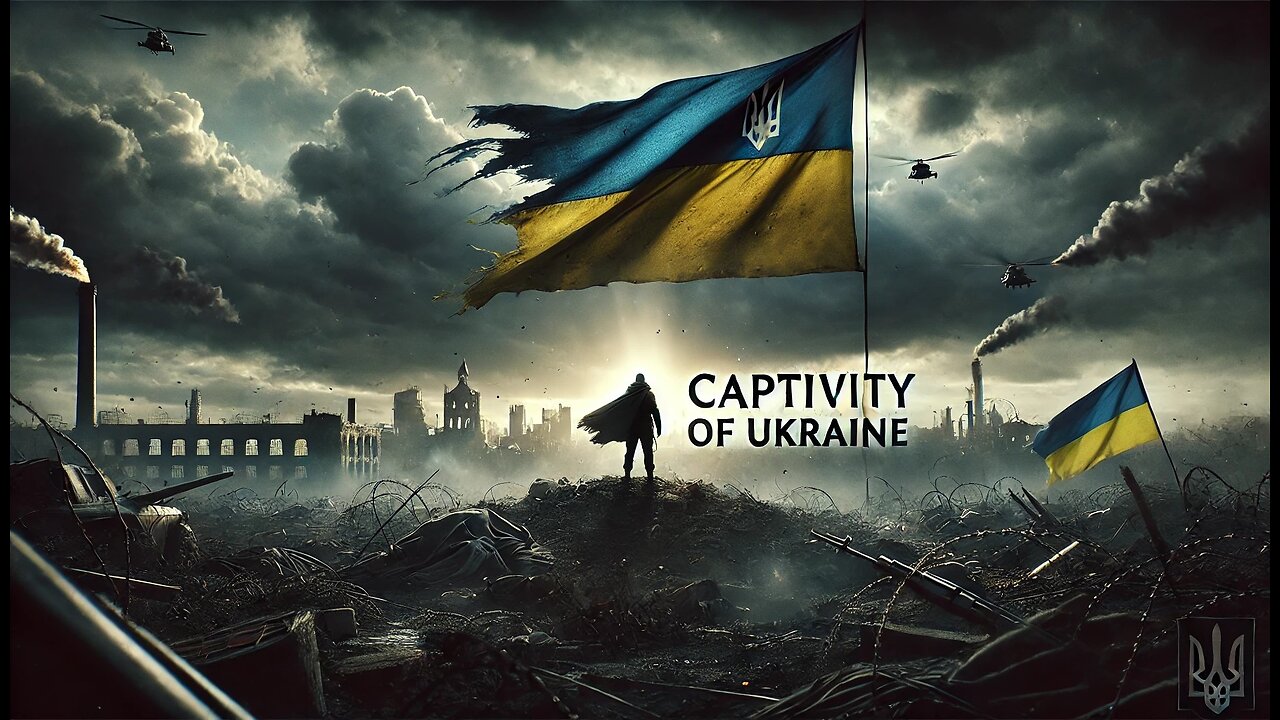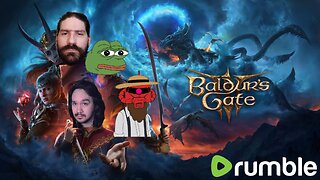Premium Only Content

Ukraine | Patterns of Human Bondage: 1800 Years of Slavery
For nearly two millennia, Ukraine has existed at the intersection of geography and power—open, fertile, and coveted. This combination has made it a recurring target for systems that transform people into property: from medieval slave raiders to imperial serfdom, Soviet deportation, black-market trafficking, and the current Russian war of erasure. What unites these eras is not ideology, but function: the extraction and control of human lives under the justification of order, civilization, or unity.
The structures have always evolved. Captivity moved from open slave markets in Crimea to hereditary bondage under the Russian Empire. Under Stalin, it became famine by policy and exile by train manifest. After 1991, it metastasized into trafficking and labor exploitation under a lawless, post-Soviet economy. And now, in 2022 and beyond, it has returned in the form of occupation, forced passporting, and the calculated abduction of Ukrainian children—a strategy aimed at permanently absorbing people while the world debates territory.
What has changed is not the goal—but the means. Captivity today hides behind paperwork, ideology, and media spectacle. Children are not chained—they are renamed. Families are not marched away—they are filtered and registered. This is the modern face of the same system that has always exploited Ukraine's position as a crossroads: not as a sovereign space, but as a reservoir of labor, identity, and generational continuity to be stolen.
But this time, the pattern is visible—and that changes everything. Ukraine's memory institutions, investigators, and civil society actors have exposed the design beneath the devastation. The country resists not just militarily, but epistemically—fighting not only for territory, but for control over its past and future. This is no longer just a war of survival. It is an effort to finally end a thousand-year economic and geopolitical system that treats human lives as collateral.
The abducted children are the test. If they are returned, the chain breaks. If they vanish into the folds of another empire’s paperwork, the pattern continues. This is the frontier between remembering and erasure. And the international community, particularly the U.S., must do more than speak. It must act—by funding documentation, demanding accountability, and supporting Ukraine's own efforts to reclaim its people, history, and dignity.
Ukraine’s long captivity has been economic, military, and cultural—but its resistance is equally multidimensional. To support Ukraine now is not simply to oppose invasion. It is to interrupt the cycle—to make clear that people, especially vulnerable people, are not prizes. That no child can be stolen into a state. That borders are not licenses for demographic conquest.
Breaking the patterns of slavery means refusing their disguise. It means calling forced assimilation what it is, treating abduction as a matter of justice, and insisting that memory itself is part of the battlefield. Ukraine is not just fighting for its independence. It is fighting to ensure that no one, ever again, can treat its people as raw material for someone else's future.
-
 LIVE
LIVE
megimu32
1 hour agoOTS: Mighty Morphin Power Rangers & the 90s Movie That Defined a Generation
127 watching -
 LIVE
LIVE
Badlands Media
15 hours agoThe SITREP Ep. 128
1,368 watching -
 LIVE
LIVE
BubbaSZN
1 hour ago🔴 LIVE - FORTNITE WITH NEW KEYBOARD
81 watching -
 LIVE
LIVE
Mally_Mouse
2 hours agoThrowback Thursday! Let's Play: Cuphead
128 watching -
 LIVE
LIVE
StevieTLIVE
2 hours agoWarzone HYPE Duos with GloryJean
46 watching -
 1:05:11
1:05:11
Donald Trump Jr.
4 hours agoBuilding the Future with American Bitcoin, Plus Eric's Triggered Debut! | TRIGGERED Ep.272
94.2K53 -
 LIVE
LIVE
RaikenNight
4 hours agoThe Baldur Boyz are on a Mission to Save the City
14 watching -
 LIVE
LIVE
Misfit Electronic Gaming
4 hours ago"LIVE" "Loan Shark" Demo + Managed Democracy "HellDivers 2" Phasmophobia with LNR + "REPO" W/Crew
27 watching -
 LIVE
LIVE
MissesMaam
7 hours agoLetting a Game from 2009 RageBait Me | Achievement Hunting PVZ 💚✨
42 watching -
 1:01:40
1:01:40
The Nick DiPaolo Show Channel
6 hours agoTrump Waiting On Tariff Ruling | The Nick Di Paolo Show #1788
22.7K21